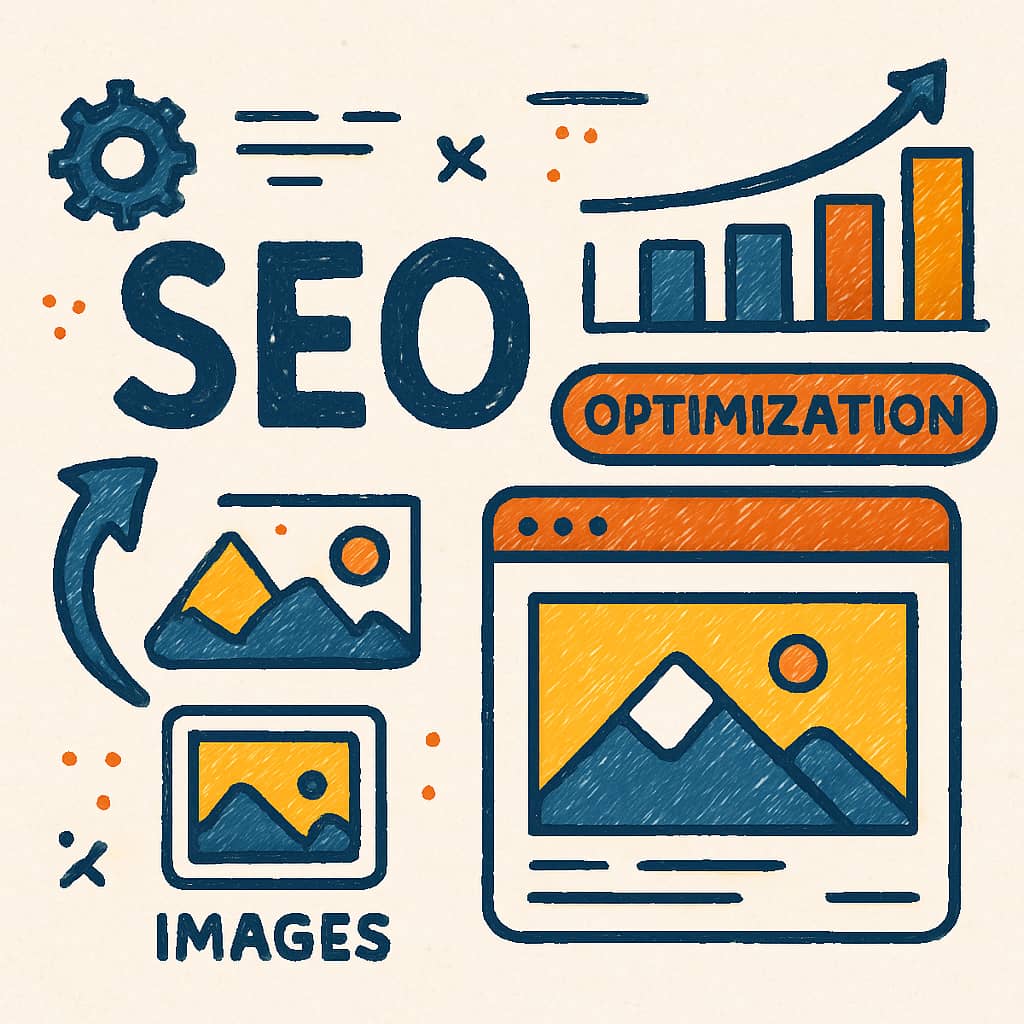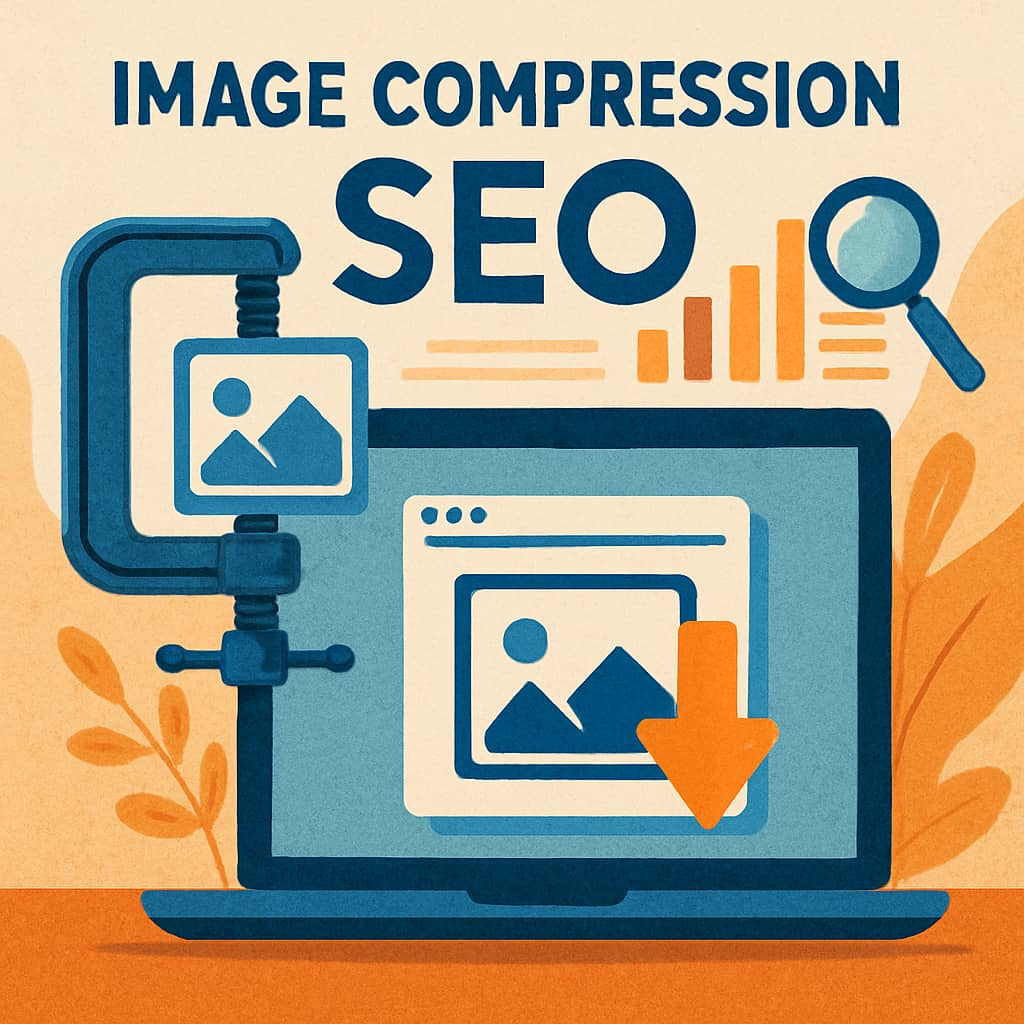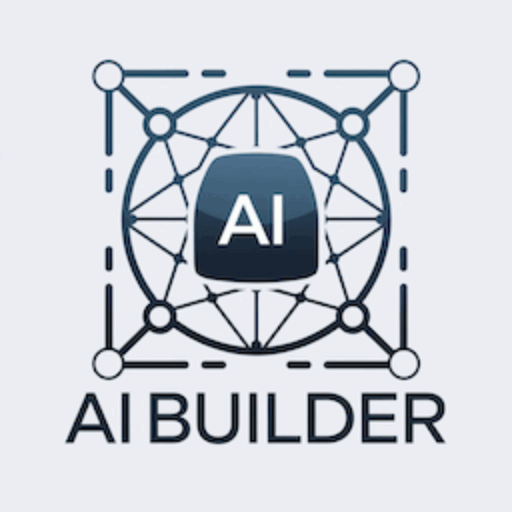Discover how artificial intelligence is revolutionizing image optimization for better search engine rankings and enhanced user experience.
The SEO Potential of Images
In today’s digital landscape, images and videos have become more than just visual enhancements—they’re powerful SEO assets. When properly optimized, visual content can significantly improve your website’s visibility in search results, drive organic traffic, and enhance user engagement.
Search engines have evolved to understand visual content better than ever before. Google’s image search processes billions of queries monthly, and with features like Google Lens gaining traction, visual search is becoming a primary way users discover content. This shift presents an enormous opportunity for websites that invest in proper image optimization.
The benefits extend beyond search rankings. Optimized images load faster, improving page speed—a critical ranking factor. They also enhance accessibility, making your content available to users with visual impairments through screen readers. When done correctly, image optimization creates a win-win situation: better rankings and improved user experience.

Experience AI-Powered SEO in Action
Move your cursor over the keywords below to discover how AI analyzes and optimizes content for search engines
Keyword Research
AI identifies high-value keywords with search volume analysis and competition metrics
Content Optimization
Automatically optimizes headings, meta descriptions, and content structure for maximum visibility
Semantic Analysis
Understands context and intent to create content that matches user search queries perfectly
Link Building
Suggests strategic internal linking and identifies opportunities for quality backlinks
Performance Tracking
Real-time monitoring of rankings, traffic, and engagement with actionable insights
Competitor Analysis
Analyzes competitor strategies to identify gaps and opportunities in your market
Essential Steps for Image Optimization
1. Generate or Select High-Quality Images
The foundation of image optimization starts with quality. Whether you’re creating original images, using stock photography, or leveraging AI-generated visuals, ensure your images are relevant, high-resolution, and aligned with your content. AI tools like AI Builder can generate custom images that perfectly match your content’s context, eliminating the need for generic stock photos.
2. Add Descriptive ALT Text and Captions
ALT text serves dual purposes: it helps search engines understand your images and provides accessibility for visually impaired users. Write descriptive, keyword-rich ALT text that accurately describes the image content. Avoid keyword stuffing—focus on natural, helpful descriptions. Captions provide additional context and can include relevant keywords while engaging readers.
3. Rename Files Semantically
Before uploading images, rename them with descriptive, keyword-rich filenames. Instead of ‘IMG_1234.jpg’, use ‘ai-image-optimization-wordpress.jpg’. Use hyphens to separate words, keep filenames concise, and include relevant keywords. This simple step helps search engines understand your image content before they even analyze the visual data.
AI-Powered Compression: Quality Without Compromise
Large image files are one of the biggest culprits behind slow-loading websites. Page speed directly impacts SEO rankings and user experience—Google has made it clear that faster sites rank better. However, traditional compression often means sacrificing image quality, which can hurt visual appeal and user engagement.
This is where AI-powered compression tools like AI Builder shine. Using advanced algorithms, AI Builder analyzes each image and applies intelligent compression that reduces file size by up to 80% while maintaining visual quality. The AI identifies which parts of an image can be compressed more aggressively without noticeable quality loss, preserving important details where they matter most.
The process is seamless within WordPress. Simply upload your images, and AI Builder automatically optimizes them in the background. No manual intervention required. The result? Lightning-fast page loads, improved Core Web Vitals scores, and better search rankings—all while your images look crisp and professional.

Structured Data: Helping Search Engines Understand
Structured data, also known as schema markup, provides search engines with explicit information about your content. For images, implementing proper schema markup can significantly enhance how they appear in search results, potentially earning rich snippets that stand out and drive more clicks.
For blog articles, use Article schema to mark up your content, including featured images. For e-commerce sites, Product schema should include high-quality product images with proper markup. This helps search engines display your images in specialized search features like Google Shopping, image carousels, and knowledge panels.
WordPress plugins can automate much of this process, but understanding the basics ensures you’re maximizing the SEO value of your images. Include image URLs, captions, and licensing information in your schema markup where applicable. This comprehensive approach signals to search engines that your content is authoritative and well-structured.
Preparing for Visual Search: The Future is Now
Visual search technology is rapidly evolving, with tools like Google Lens enabling users to search using images instead of text. This paradigm shift means that image optimization is no longer just about supporting text-based content—images themselves are becoming primary search entry points.
To prepare for this future, focus on image quality and relevance. High-resolution images perform better in visual search because they provide more data points for AI algorithms to analyze. Ensure your images accurately represent your content—misleading or irrelevant images will hurt both user experience and search performance.
Consider the context in which your images might be discovered through visual search. Product images should show items clearly against clean backgrounds. Infographics should be legible and well-designed. Tutorial images should be clear and instructive. By optimizing for visual search now, you’re positioning your content to capture traffic from this growing channel.
Start Optimizing Your Images Today
Transform your WordPress site with AI-powered image optimization. Improve your search rankings, enhance user experience, and prepare for the future of visual search.
